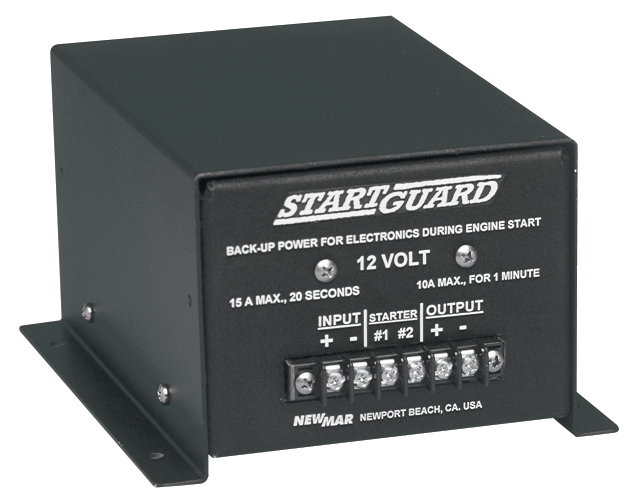i did and all but one wiring diagram shows si wire going to start lug on key switch. mine are sealed units and as i said cutting harness may void warranty. one diagram did show the si wire going to the starting wire connection on the starter solenoid. seems that would suffice and a wire could be run thru the rigging tube.
idk what the mechanicalal key/start is like. On my fly by wire, the KEY does not have a start position, just an ON position. There are start buttons for each motor.
Running to the start solenoid sounds like a good option.
Like seasick said, there are a lot of underlying causes to electronics blinking BUT...if the House Bank is isolated from the start batteries, starting will not cause a problem on the house.
You may have problems when running a pump, or keying VHF...etc.
So looking at all connections to Bat switches,ACRs,40A House breaker, terminals under helm, fuse panel/blade fuses, connections from terminals to fuse panel.....everything....would be a good thing to do. Look at wires for green corrosion. Make sure all of the battery/switch/ACR wires are the same 2 gauge. SI wire would be a smaller wire. House should be 6 gauge.
Put your eyeballs on evrything. Take things apart.
Also, make sure they separated the Suzuki gauge N2K power from the rest of your N2k network. Your gauges should come on with key. Your N2k network should get power from your fuse panel.
There should be a power isolator connector between the two Zuke gauge drops and the rest of the network.
I'm not looking at your setup so I can't give much more help than that.


